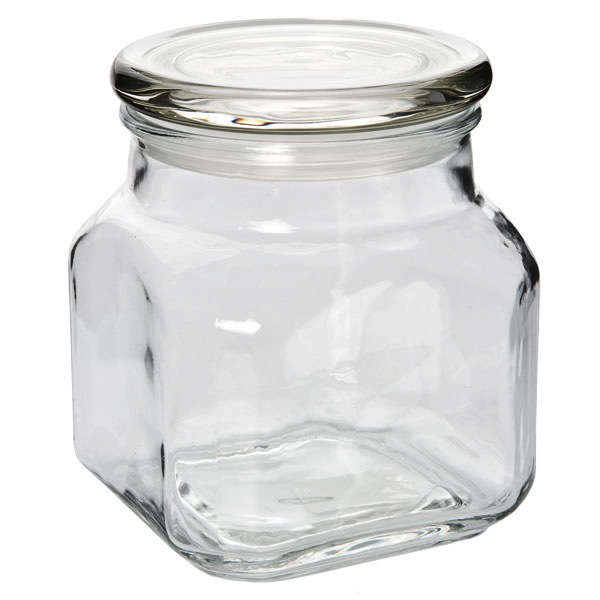Two things happened in the past week: I finally moved into my newly remodeled (and mostly finished) house, and I discovered that it’s easy to root herbs in water. The events were related, actually—and it’s hard to say which I found more exciting.
As the movers were carrying in furniture, a friend happened to stop by with a housewarming gift (a bouquet of snipped mint, rosemary, oregano, and sage) which I set it down and promptly forgot—until this morning, when I unpacked the last of the dishes and found the herbs lurking behind the box. And lo, the mint had roots.
This raised many questions: Will the mint survive if I transplant it to the garden? Which of the other herbs will root? And what will I discover if I ever get around to unpacking the box labeled “Novels, Authors Mac-Mer?” For guidance, I headed online to Goggle (as my father would say); how happy to find, via Rebecca Sweet at Fiskars, instructions on how to clone even more herbs:

Above: Roots that sprout in water are brittle, according to Fiskars; use a wide-mouthed container so they don’t break off when you remove the stem. Herbs that root easily in water include oregano, basil, sage, and mint.
Above: I already have a lot of these little jars on the shelf (I store lentils and split peas and such in them); an Emma Glass Jar is $2.99 from The Container Store.
Above: Use sharp scissors to avoid harming the plant’s delicate cambium layer, which contains cells necessary for future growth.
Above: A pair of Comfort Grip Floral Snips is $16.99 from Fiskars.

Above: The “heel” that attaches to the main stem may contain more natural growth hormone and increase rooting capabilities.

Above: Toughen up roots before you transplant them. Add a few pebbles to the container each day until the pebbles reach mid-way up the stem, Fiskars recommends. The pebbles gently scrape roots, mimicking soil, prompting the plant to produce more root offshoots.
Above: A jar of Gray Gravel or Tan Gravel is $10 apiece from Terrain.

Above: Transplant when roots are about 1.5 inches long.














Have a Question or Comment About This Post?
Join the conversation